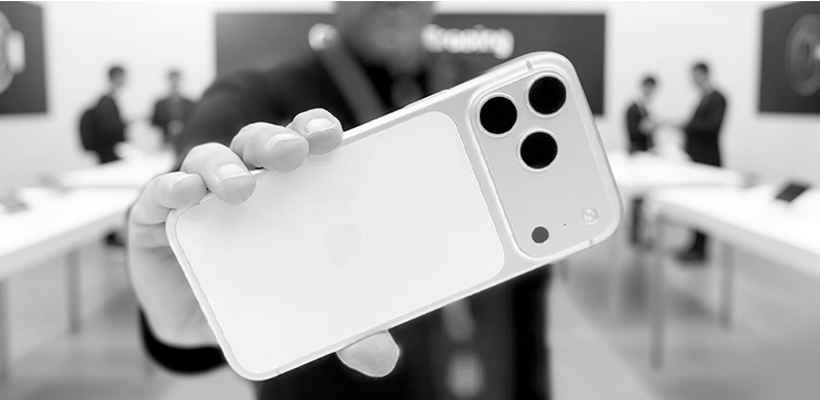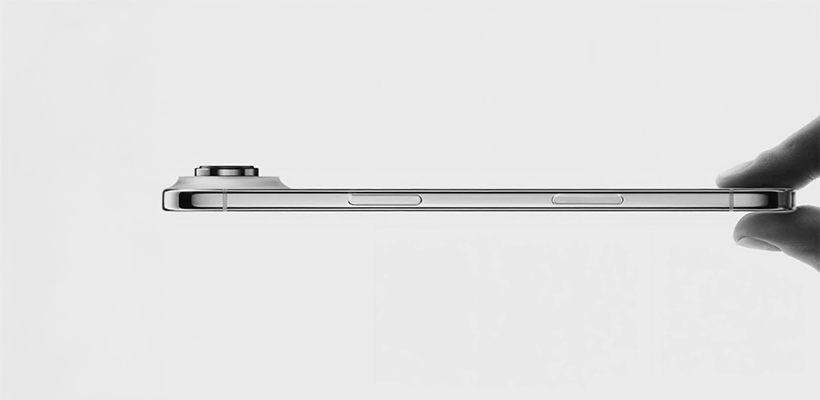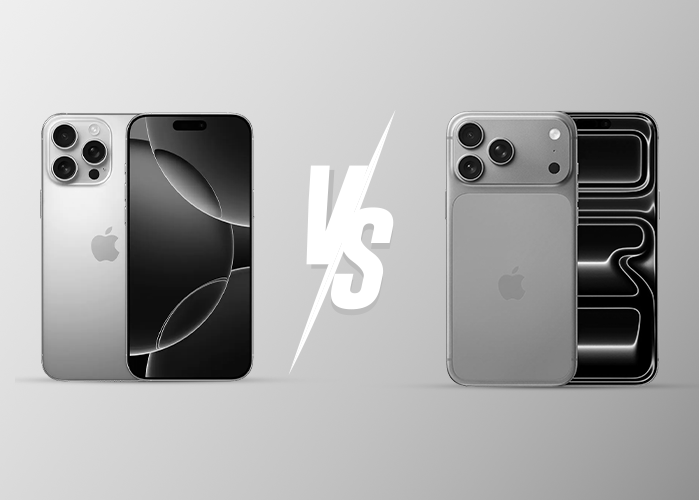A pple has launched its 2025 flagship lineup: the iPhone 17, iPhone 17 Pro,iPhone 17 Pro Max, and the all-new iPhone Air. This year’s release marks more than just the usual performance bump; it introduces one of the most significant design changes we’ve seen in years. Unlike previous models, the iPhone 17 series separates the camera into its own dedicated housing at the top, freeing up internal space for a larger battery. This clever redesign not only boosts battery capacity but also improves heat management and overall efficiency. Combined with slimmer builds, new materials, and camera innovations, Apple is signaling a clear shift in how its flagship devices balance power, endurance, and design.
iPhones New Launches: A Hit or A Miss in Design?

Major changes in the design of the new lineup

The base model iPhone 17 has an A19 chip which is built on a 3-nanometre node. This helps in faster processing, better graphics, more power savings, and improved battery life. It includes a 6-core CPU and a 5-core GPU, and each GPU has a neural accelerator. This neural accelerator improves on-device generative AI and other system-intensive tasks. iPhone 17 features an enhanced 16-core Neural Engine, 8GB of RAM, a refined display engine, and an all-new image signal processor.
What netizens are saying about iPhone's new design?
So, did Apple miss the mark?
Our Blog
Read Latest News

iPhones New Launches: A Hit or A...
03 October 2025








Leave a comment